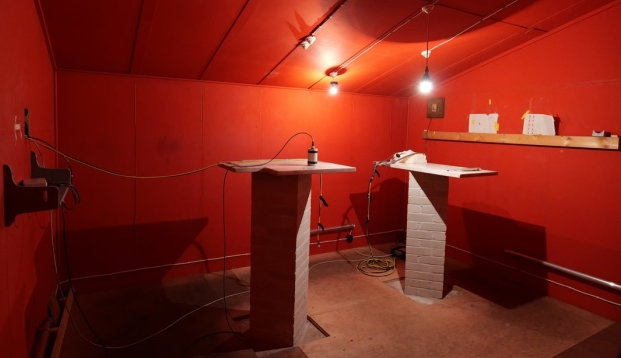The modernization of the geomagnetic observatory made the "Vernadskyi" station unique in the Antarctic

Ukrainian scientists have modernized the geomagnetic observatory at the Vernadsky Antarctic station.
"Ukrainian scientists have modernized the geomagnetic observatory at the Akademik Vernadskyi station: now it is the only one in the Antarctic that can transmit ultra-precise one-second data of geomagnetic observations in a new format," the message reads.
In particular, a new magnetovariation station was installed and continuous data transmission from it was configured. Now two such new stations are operating on "Vernadskyi" (the previous one was installed in 2021).
A new industrial computer servicing the GSM-90 proton magnetometer was also put into operation, and the data transmission channels were updated.
In addition, the observatory's energy supply system has been modernized. Currently, AIA equipment can work in autonomous mode for more than two days, and before modernization - no more than two hours.
It is noted that observational data are sent to the international INTERMAGNET network, which unites 106 of the best observatories of the planet from 43 countries. This information is used both by scientists conducting fundamental research and by various organizations for practical purposes: navigation needs, mineral exploration, etc.
As noted in NASC, the Ukrainian Antarctic Geomagnetic Observatory "Argentine Islands" (AIA) has been a member of INTERMAGNET since 2004. In 1954, British scientists at the Faraday station began observing changes in the Earth's magnetic field. After the transfer of the station to Ukraine (1996), our state undertook to continue these studies.
Thus, the AIA observatory has one of the longest series of continuous observations of the Earth's magnetic field. This is extremely important, because it allows you to track changes in the magnetic field during different periods.
Currently, the Ukrainian observatory works at the highest global level and prepares one-second data in a new format. Only 11 observatories of the INTERMAGNET network do this. Such data are very valuable for the analysis of fast-moving processes and their descriptions, and are widely used for satellite research, space weather forecasts, and geomagnetic storms.
In particular, at the beginning of May, the AIA recorded the most powerful magnetic storm in the last 165 years.